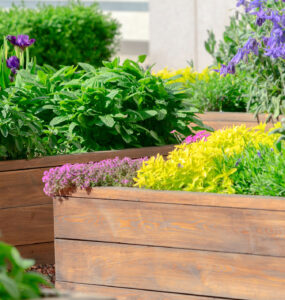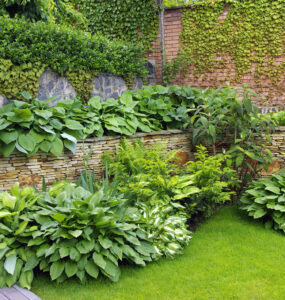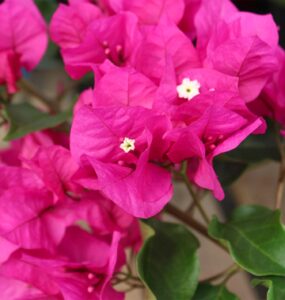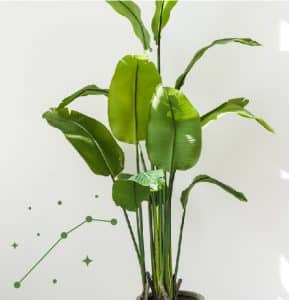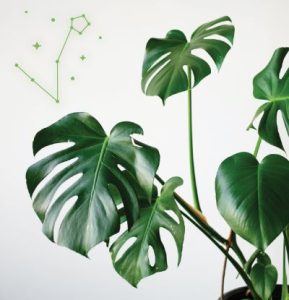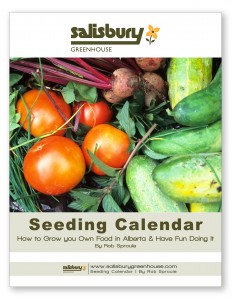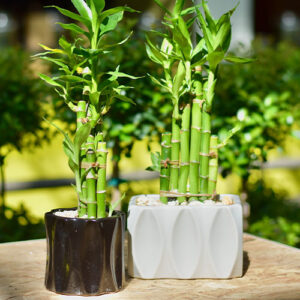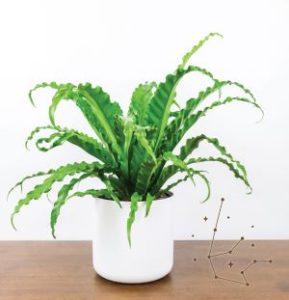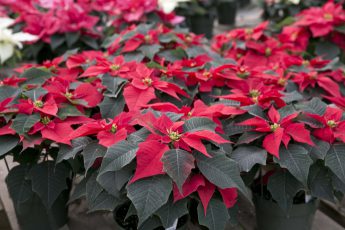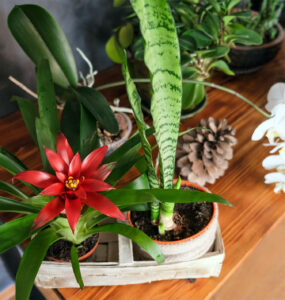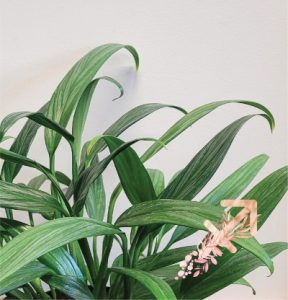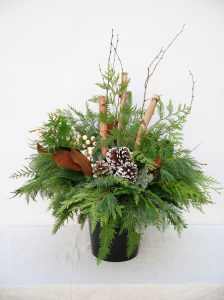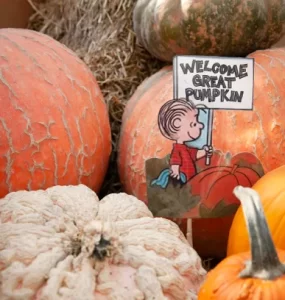Perennials are the gift that keeps on giving. There’s nothing quite like being greeted by beautiful blooms each spring without having to go through the trouble of replanting them year after year. However, not all perennials can withstand our freezing cold prairie winters, so you have to be certain you’re selecting a hardy perennial that can keep rooted and stay alive underground until it’s time to poke back up again once the snow has melted away. Here’s a list of our three favorite perennials that are perfect for our prairie climate.
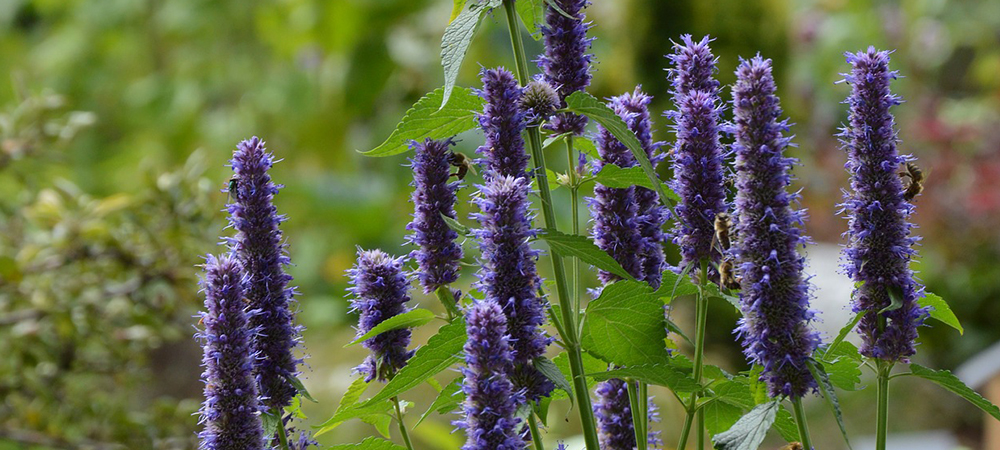
Agastache:
The agastache plant is actually a type of hyssop”“ a herb that can be brewed into a pretty delicious tea. Its striking leaves range from lime green to gold, and its fluffy spikes of flowers are quite the sight to behold. From a distance they look fuzzy, because the tiny petals are so densely packed together, and their sweet licorice mint scent is absolutely delightful, attracting plenty of birds and beautiful winged insects. The most common varieties are bright indigo or purple hyssops, as seen in the Golden Jubilee and the Blue Boa, but other favorites include the Apricot Sprite with its vivid tangerine petals, and the bright red-orange Firebird agastache. Blue Fortune agastache is particularly cold-resistant, se we definitely recommend this variety.
Caring for Your Agastache
The anise hyssop can be planted directly in the soil in the spring once it has warmed up a bit, but they’ll flower a bit later than plants seeded indoors. You can even plant the seeds in the fall, and they’ll lie dormant until the following spring when it’s time to sprout up. If you germinate them indoors, start four to six weeks before the last frost date. Indoor seedlings should be ready to be transplanted once they reach four inches tall. They do best in well-drained soil mixed with some sand and loam. Mix in some compost and give the plants about a foot of space in between each other.
As the plant matures, pinch new growth and deadhead the spent flower stalks to promote better development in the spring and early summer, but by late summer you should refrain from pruning, because the new growth won’t likely survive through the winter. The following spring, you may notice some additional seedlings popping up, and this is because the agastache flower is practically a self-sowing machine. Luckily, these seedlings ae very easy to transplant and move around, so if you want to find a different spot to place them in, it’s not likely you’ll hurt the new plant.
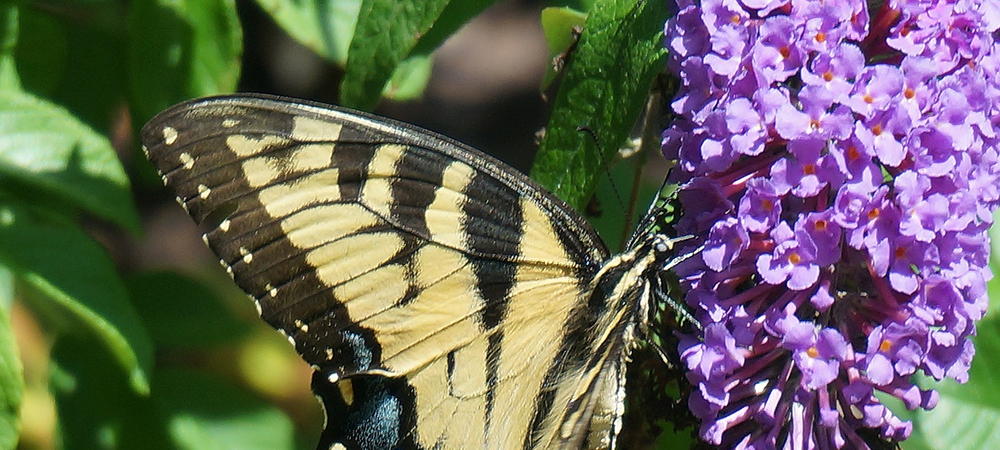
Buddleia Butterfly Bushes
Also known as the Summer Lilac, the butterfly bush comes in many different varieties that produce gorgeous jewel-toned flowers of blue, purple, red, orange and pearly white. It grows incredibly fast, and has long, spiked trusses of blossoms that appear in early summer. It earned its name from its magnetism towards butterflies”“ they love the nectar it produces. The black knight buddleia is particularly beautiful, with its dark violet flowers and glossy blue-green leaves.
How to Grow a Buddleia Butterly Bush
Buddleia perennials need near-perfect soil drainage, so be sure the soil conditions are ideal when it’s transplanting time. Their roots are quite susceptible to rot, so if your bushes don’t last through the winter, it’s less likely the cold got to them, and more likely that the roots were soaking in soggy soil through the fall. When you plant, don’t bother adding any extra stuff into the soil: no compost, top soil, or anything. Just plain natural soil is all it needs. To make sure optimal drainage is possible, dig the hole a bit shallower than you usually would, so the base of the plant creates a risen mound. This should help excess moisture to drain away from the roots. Water your buddleia a moderate amount, and watch out for the telltale signs of overwatering: weak stems and yellowing leaves.
It’s a good idea to prune your buddleia in the spring and early summer, or else you’ll find the new blossoms only seem to appear at the very top of the bush wear you can hardly see them. Just be sure not to prune too late into the growing season, because that may leave your plant more vulnerable to the cold when winter arrives.
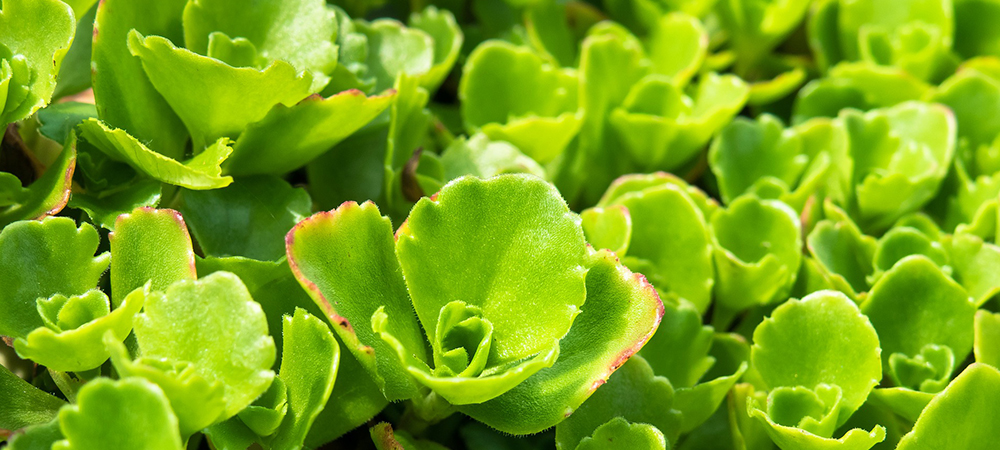
The Sedum, or Stonecrop Plant
This voluminous species of perennial succulent bush has so many different varieties, you’ll surely find one that suits your tastes. The many different sedum plants fall under two categories: tall sedums and creeping sedums. Its clusters of blossoms can come in delicate shades of pink, yellow, red and white, or rich vivid shades of blue, green, and purple. The lemon ball sedum perennial bush stands out from the rest, with its fluffy and bright chartreuse foliage. If you really love a bright burst of colour, the blue creeping sedum plant features a whole spectrum of rainbow colors that are sure to turn heads. With so many different shapes and sizes available, you can choose a mix of low-growing varieties for groundcover, taller varieties to place near fences and in the corners of your yard, and creeping sedums to spill out from hanging planters, making it an ideal choice for landscape design, because you’re sure to find something that fits what you’re looking for. It blossoms best in full sun or partial shade, and its flowers make excellent cuttings to display in a vase at home, fresh or dried.

Sedum Seedlings
You can plant sedum seeds directly in well-drained rich soil in the spring once the risk of frost has passed. Smaller varieties of sedum need about six inches of space between other plants, but larger varieties may need as much as two feet on either side. You can also plant sedum with cuttings by placing them directly into the soil. Creeping sedums are one of the easiest plants to propagate through cuttings. So long as it receives adequate sunlight and reasonable water, it should take root quite easily. Once they’ve matured, your stonecrop plants will be pretty low-maintenance and won’t require much care. Just make sure they don’t get too dry with regular watering. While they are fairly drought-tolerant, they grow much slower and flower less frequently when they don’t receive enough hydration.
Tips for Growing the Perfect Sedum
Stonecrop generally doesn’t need much fertilizer, and organic compost is the best option to nourish your plant. Stay away from chemical fertilizers at all costs, as they will weaken your plant and cause it to flop. You may find your plant spreads quickly”“ perhaps more than you’d like it to. Thankfully, the sedum can be divided at the root and the detached segment can be easily planted elsewhere. Another thing you may have to keep an eye out for is unwanted pests. Slugs and snails love sneaking under stonecrop foliage, so place some shallow saucers full of beer underneath the leaves to keep those pesky bugs at bay. Aside from these few things to watch for, the sedum is pretty easy to look after, and it’s such a treat to see it burst with color each year once it warms up again. That’s the lovely thing about perennial flowers: after making it through another long cold prairie winter, you’re greeted once again with gorgeous blooms, with very little effort required.

